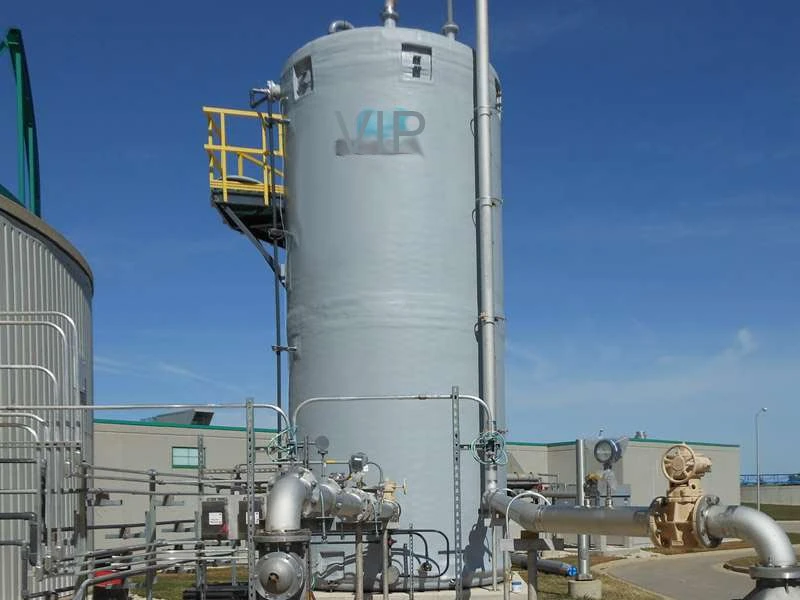The Importance of FRP Launder in Modern Water Treatment
The Importance of FRP Launder in Modern Water Treatment
In recent years, the importance of effective water treatment has grown exponentially due to increasing population, urbanization, and industrialization. With the escalating demand for clean water for drinking, sanitation, and industrial processes, water treatment facilities are under constant pressure to deliver high-quality water efficiently and sustainably. Among the various components that contribute to the functionality of water treatment systems, Fiber Reinforced Plastic (FRP) launders have emerged as an essential element.
FRP launders are integral to the water treatment process, particularly in sedimentation and filtration stages. Their primary function is to transport water from one stage of treatment to another while minimizing turbulence and maintaining the quality of treated water. The design and material of FRP launders significantly enhance their effectiveness in modern water treatment systems.
One of the most prominent advantages of FRP materials is their superior resistance to corrosion and chemical degradation. Traditional materials like steel or concrete are often susceptible to rust, corrosion, and other forms of damage when exposed to harsh water environments. On the other hand, FRP is engineered to withstand these conditions, ensuring longevity and reducing maintenance costs. This property is particularly vital in large-scale water treatment plants where durable materials can minimize downtime and enhance operational efficiency.
the importance of frp launder in modern water treatment

Furthermore, FRP launders contribute to improved hydrodynamic performance. Their lightweight structure allows for better water flow management with lower energy consumption. Efficient flow dynamics not only optimize the treatment process but also contribute to reduced operational costs. The smooth and non-porous surfaces of FRP minimize the risk of biofilm accumulation, which is crucial for maintaining water quality and preventing contamination.
Additionally, the flexibility in design offered by FRP materials enables customized solutions tailored to specific water treatment requirements. Whether it is a large municipal facility or a small industrial plant, FRP launders can be engineered to fit various configurations and sizes. This adaptability also facilitates easier integration with existing treatment systems, minimizing the need for extensive renovations.
Environmental sustainability is becoming an increasingly critical concern in modern water treatment. The use of FRP launders aligns with this focus, as they are often manufactured using environmentally friendly processes and contribute to a reduction in overall energy consumption. Moreover, their durability means less frequent replacement, leading to lower material waste and a smaller ecological footprint.
In conclusion, FRP launders play a pivotal role in modern water treatment processes. Their advantages, such as corrosion resistance, improved hydrodynamic performance, design flexibility, and sustainability, contribute significantly to the efficiency and effectiveness of water treatment facilities. As the demand for clean water continues to rise, the role of innovative solutions like FRP launders will be more critical than ever in ensuring the delivery of safe, high-quality water to communities worldwide. Embracing such technologies not only enhances operational efficiency but also promotes a more sustainable approach to water management in an increasingly resource-constrained environment.
Latest news
-
Oblate Tanks: Space-Saving, Durable Liquid Storage SolutionsNewsAug.27,2025
-
High-Performance Piping System Solutions for Industry & Commercial UseNewsAug.26,2025
-
Precision Fittings: Durable & Reliable Industrial & Plumbing SolutionsNewsAug.25,2025
-
Practical Steps: Unlock Success with Our Proven GuidesNewsAug.24,2025
-
Transport Tanks: Safe, Durable & Efficient Liquid HaulingNewsAug.23,2025
-
High-Quality Piping Systems for Efficient Flow & DurabilityNewsAug.22,2025











